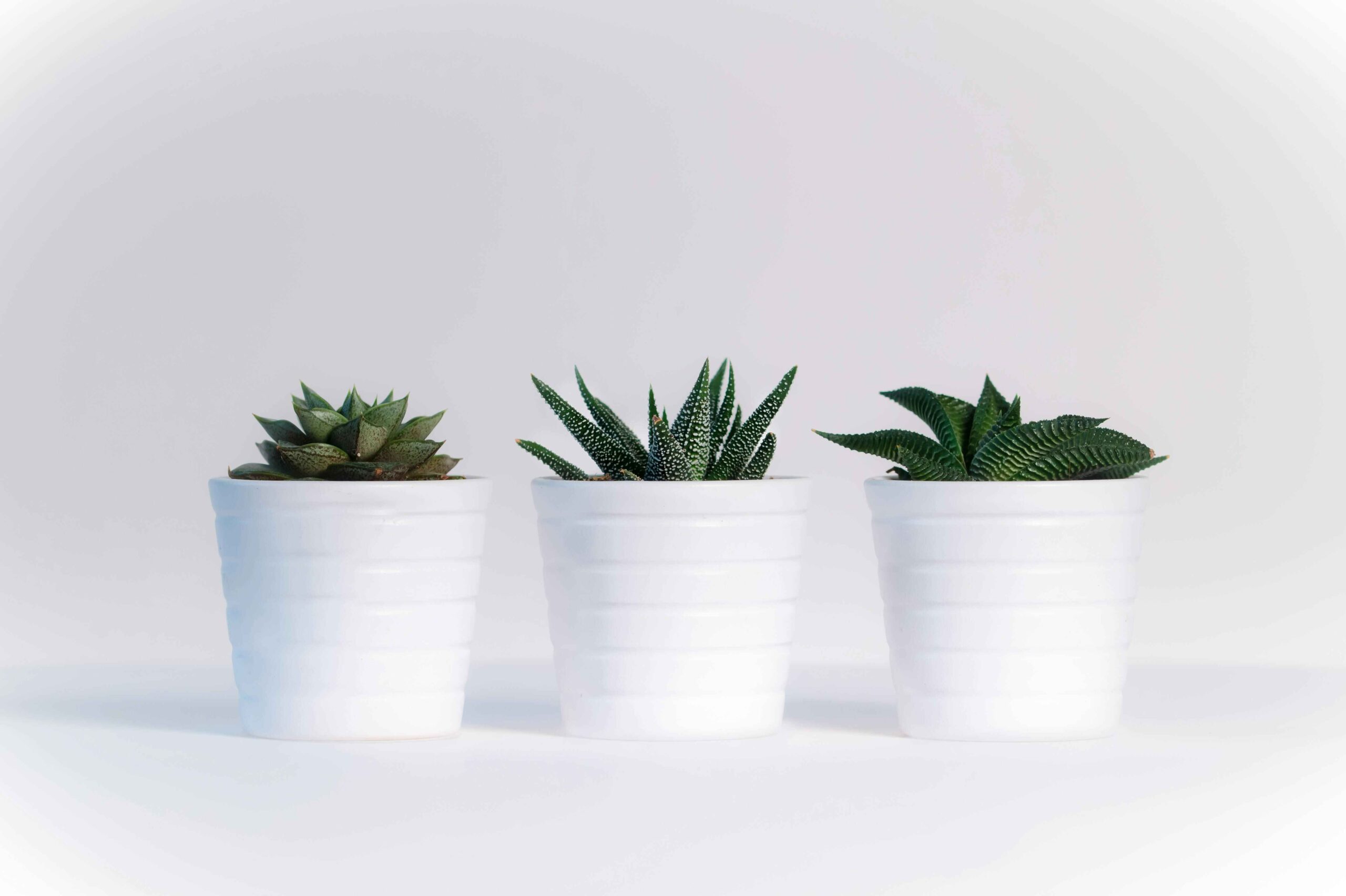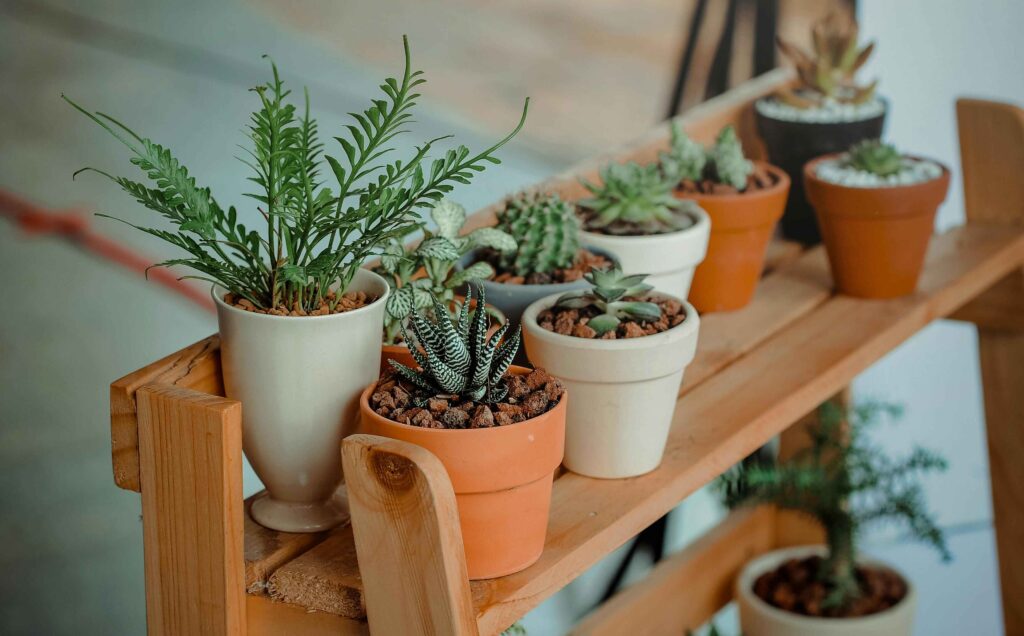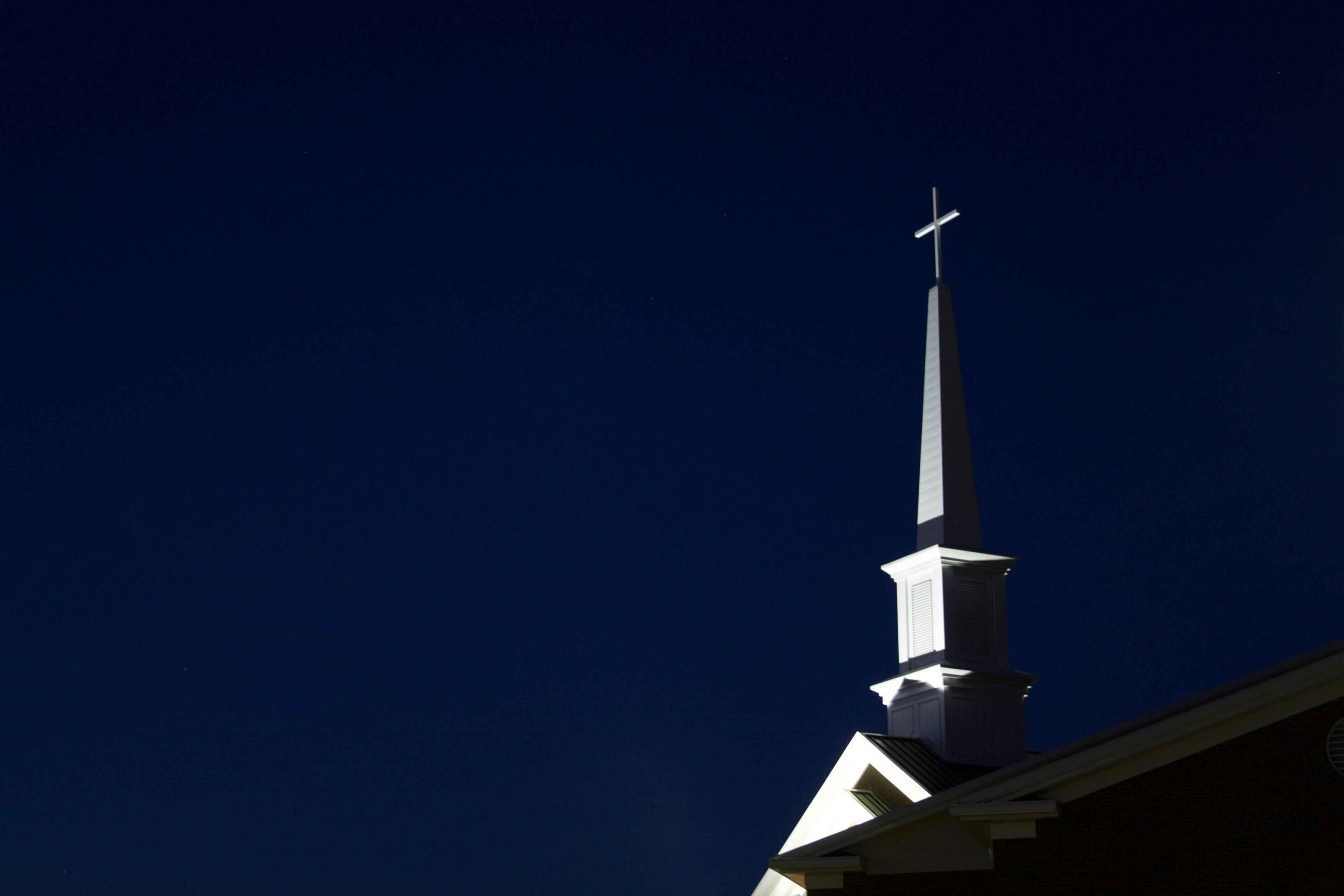
What Plants Grow Well in Las Vegas?
What Plants Grow Well in Las Vegas? The entertainment capital of Las Vegas exhibits a special desert climate which both provides obstacles and rewards for those interested in gardening. The arid landscape demands specific plant choices because it features temperatures which get hot and receives minimal rainfall. This piece discusses which plants succeed best in Las Vegas and presents information about maintaining them in the local conditions.
Understanding the Las Vegas Climate:
Desert Climate Characteristics:
- Las Vegas residents face extreme temperatures which keep summer days above 100°F (38°C) and winters remain gentle.
- The yearly rainfall in Las Vegas measures 4.2 inches because the city has limited water availability which makes conservation vital.
- The sandy and rocky attributes of Las Vegas soil obscure water drainage while restricting vital nutrient distribution.

Growing Seasons:
The optimal planting seasons in Las Vegas occur from March to May during spring time and from September through November in the fall season.
Adequate shade and proper water supply need to be provided to Las Vegas plants because of the extreme summer heat.
Best Plants for Las Vegas Gardens:
Drought-Tolerant Plants:
Desert Marigold (Baileya multiradiata)
Description: A perennial plant with bright yellow flowers that bloom from spring to fall.
Plants of this variety need full sun exposure together with well-draining soil while requiring minimal watering.
Red Yucca (Hesperaloe parviflora)
The succulent plant exhibits strong characteristics through its vertical leaf growth and slender shape which draws hummingbirds to its tall blooming stalks.
Red Yucca requires full sunlight exposure and tolerates dry conditions as it requires little maintenance.
Agave (Agave spp.)
The succulent grows as a rosette plant and displays ornamental features that catch the eye.
The plant requires full sunlight exposure and drains well with practically no need for irrigation.

Native Plants:
Nevada Sagebrush (Artemisia tridentata)
This silvery-green foliaged shrub originates from the area and produces pleasant scents.
The plant requires poor soils with low water needs yet attracts pollinators to its environment.
Joshua Tree (Yucca brevifolia)
Description: An iconic desert plant with spiky leaves and unique branching structure.
This plant needs direct sunlight together with properly draining ground and becomes drought-proof after root establishment.
Flowering Plants:
Lantana (Lantana camara):
As a flowering plant this plant displays clusters of small flowers which appear in various colors.
This plant requires complete sunlight exposure and drainage in its soil environment together with its capacity to survive dry conditions and its ability to attract butterflies.
Bougainvillea (Bougainvillea spp.)
The fascinating plant produces bright bracts that complement small white flowers while climbing through the air.
This plant requires full sunlight and drained conditions in soil and needs periodic maintenance trimming to stay in shape.
Vegetables and Herbs:
Tomatoes (Solanum lycopersicum)
The plant serves as a common vegetable that works well in both container environments and planted garden spaces.
The plant requires sun exposure and steady watering as heat-tolerant plant varieties deliver superior results.
Basil (Ocimum basilicum)
This aromatic herbal plant succeeds in warm conditions making it ideal for cooking purposes.
The plant needs full sunlight and draining soil and needs regular watering around summer season.
Peppers (Capsicum spp.)
The Las Vegas climatic conditions suit both sweet and hot peppers when cultivated.
The plant demands warm sunlight together with dependable water supply yet it succeeds in hot temperatures.

Tips for Successful Gardening in Las Vegas:
Water Conservation:
A drip irrigation system should be installed because it sends water straight to roots thus reducing evaporation losses.
People should apply organic mulch as it helps retain soil moisture while controlling temperature levels.
Soil Improvement:
Adding compost to the soil as organic amendment helps improve both structure and nutrient value of garden beds.
An evaluation of the soil should include pH and nutrient testing so gardeners can make precise amendments.
Shade and Protection:
Shade structures consisting of shade cloth or vertical plants should be applied to offer daytime shade protection to heat-sensitive plants.
Plants should be positioned behind windbreaks that will guard vulnerable plants from desert wind concentrations.
Timing and Planting:
The appropriate time to plant sensitive plant types lies between spring and fall when summer temperatures stay minimal.
Plants should be scheduled at different times for vegetable and herb cultivation to create continuous harvests in the growing season. You can contact us here.
Conclusion:
The appropriate choice of plants and proper care techniques enable Las Vegas gardeners to receive fulfilling results from their gardens. People who select suitable native plants alongside drought-resistant vegetation alongside studying local climatic demands will be able to build sustainable garden landscapes that remain beautiful.
People who plan their planting strategies and maintain soil health and monitor seasonal periods will discover success in growing gardens throughout the desert region. Las Vegas’s distinctive climate supports different plants to thrive either for improving home exterior appearance or vegetable cultivation.


